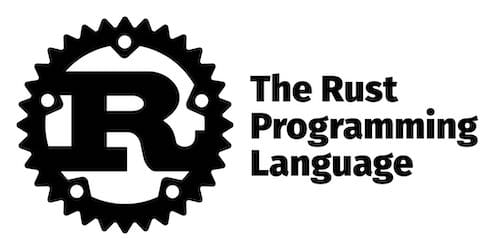
In this tutorial, we will show you how to install Rust on CentOS 8. For those of you who didn’t know, Rust, commonly known as Rust-Lang, is a system programming language that is developed by Mozilla and backed by LLVM. Rust is known for preventing program crashes, memory leaks, and data races before it is compiled into binary, thus creating a highly productive and stable programming environment
This article assumes you have at least basic knowledge of Linux, know how to use the shell, and most importantly, you host your site on your own VPS. The installation is quite simple and assumes you are running in the root account, if not you may need to add ‘sudo‘ to the commands to get root privileges. I will show you through the step-by-step installation of the Rust programming language on CentOS 8.
Prerequisites
- A server running one of the following operating systems: CentOS 8.
- It’s recommended that you use a fresh OS install to prevent any potential issues
- A
non-root sudo useror access to theroot user. We recommend acting as anon-root sudo user, however, as you can harm your system if you’re not careful when acting as the root.
Install Rust on CentOS 8
Step 1. First, let’s start by ensuring your system is up-to-date.
sudo dnf install epel-release sudo dnf update
Step 2. Installing Rust on CentOS 8.
The officially recommended way to install Rust is by using Rustup, the Rust toolchain installer. Run the following command to install it:
curl --proto '=https' --tlsv1.2 -sSf https://sh.rustup.rs | sh
Once the Rust installation is complete, the Cargo’s bin directory (~/.cargo/bin – where all tools are installed) will be added in your PATH environment variable, in ~/.profile.
Next, source the ~/.profile file to use the modified PATH and configure your current shell to work with the rust environment by running these commands:
source ~/.profile source ~/.cargo/env
To verify the installed version, run:
$ rustc -V rustc 1.44.1 (8dGDT40ab 2020-11-26)
Step 3. Create a Rust Project.
First, create a folder that will serve as Workspace, in it create another folder where the file in question will be:
mkdir ~/projects cd ~/projects mkdir hello_boss cd hello_boss
Now, create the file:
sudo nano hello_boss.rs
Paste the following code inside the new file:
fn main() {
println!("Hello, Boss!!!");
}
Now compile and run the program:
rustc hello_boss.rs ./hello_world
You will see the output of your Rust code:
Hello, Boss!!!
Congratulations! You have successfully installed Rust. Thanks for using this tutorial for installing Rust programming language on your CentOS 8 system. For additional help or useful information, we recommend you check the official Rust website.